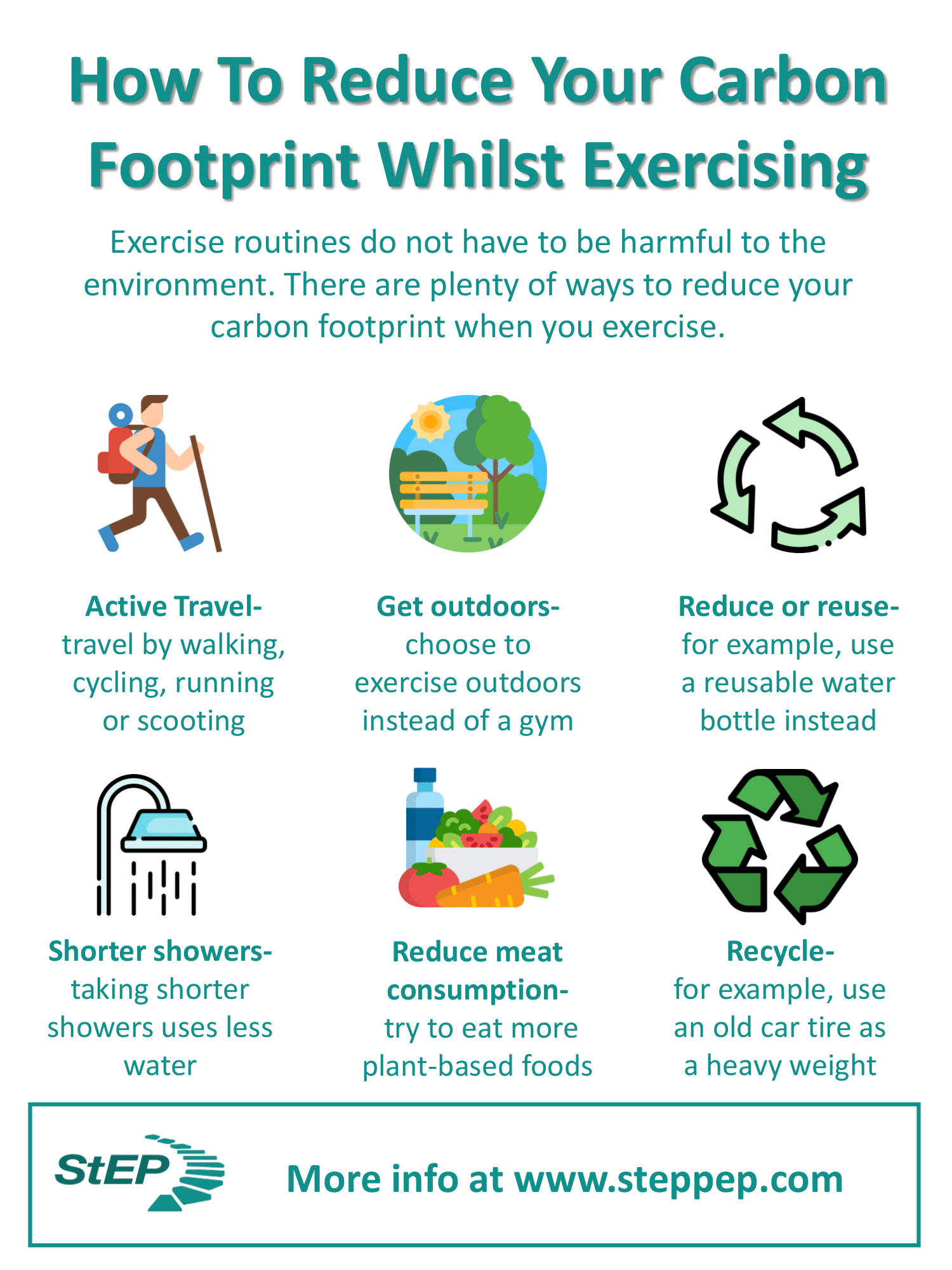

What about…doing the laundry?Įven going to the pub isn’t without a carbon footprint of sometype. Skype instead of commuting for a meeting) then there will be significant savings on emissions. However the positive is that if the technology is being used to replace real life travel (e.g. Especially since COVID-19, as people have been spending longer on their devices. These days as people are using their phones and computers more and more often the individual digital footprint is most likely to increase. The carbon footprint of sending an email starts at about 4g CO2e per email but this can quickly increase up to 50g CO2e if the email is very long and/or carrying attachments. As well as this, the source of the power for data servers should also be considered – in many parts of the world servers are largely powered by the burning of fossil fuels. However this doesn’t split evenly per capita, as many Western countries such as the UK and Australia have higher than proportional data usage. This is largely due to the emissions caused by the manufacture and running of digital technologies, which globally adds up to 1.7 billion tonnes CO2e per year. According to some estimates, the yearly footprint form our gadgets, computers and internet usages is about 3.7% of our total emissions.
WHATS A CARBON FOOTPRINT DOWNLOAD
It lets us share photos, download music and gives us social media, however amongst all of this our online habits do have an impact on our carbon footprint. The internet is one of the greatest, and most useful advancements of society since the industrial revolution. Fruits and vegetables such as asparagus, limes, grapes, green beans and blueberries are all culprits of being air-freighted and thus having a high carbon footprint. The goods that tend to be air-freighted are often more perishable (and hence require quicker transportation). This means that you should be especially careful not to pick up these items – air-freighted products emit 50 times more carbon dioxide equivalent per tonne per kilometer than boat freighted food. Although air-freighted goods only make up less than 1% of food miles they still contribute 11% of CO2 food distribution emissions. Don’t worry though – air freight is actually far less common than many believe it to be, it accounts for about 0.2% of food miles. However, any foods which are transported by airplane (air freighted) have a very high carbon footprint. This doesn’t mean that you have to live off a diet exclusively from the area you live in – it isn’t actually the case that all foreign food produce has an incredibly high footprint. One of the best things you can look for when food shopping to reduce your carbon footprint is locally sourced produce. ‘Eating local’ can radically reduce the amount of GHG emissions caused by the transportation of food (DEFRA, 2012).


 0 kommentar(er)
0 kommentar(er)
